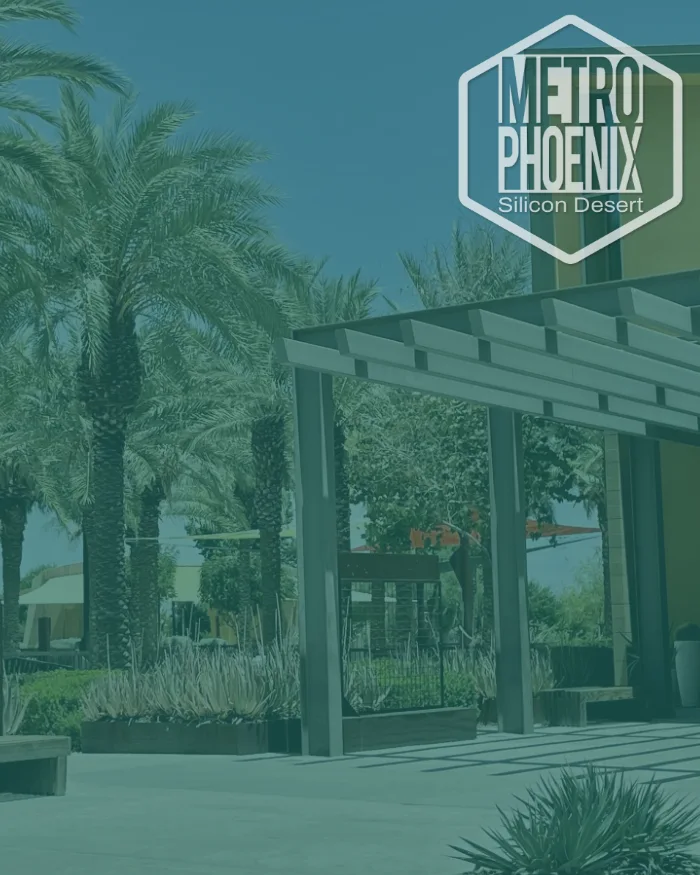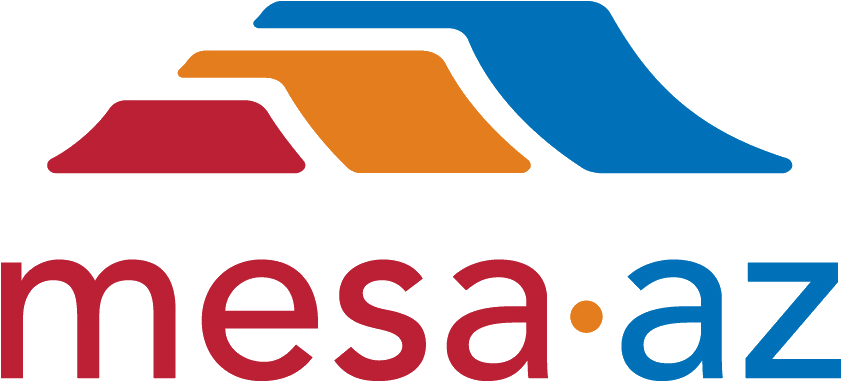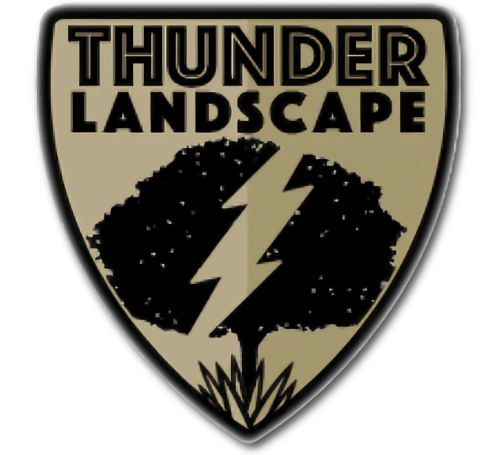Metro Phoenix / Communities / Mesa
Mesa Overview
As the largest city in the East Valley in both area and population (third-largest in Arizona after Phoenix and Tucson), Mesa is home to over half a million people and covers about 140 square miles. It is bordered by Tempe on the west, the Salt River Pima–Maricopa Indian Community on the north, Chandler and Gilbert on the south along with Queen Creek, and Apache Junction on the east. Mesa has a diverse business community with strong competitive advantages and opportunities in healthcare, aerospace, education, technology, tourism, and more.
History
Mesa’s first school was built in 1879. The city was incorporated a few years later, with a population of 300 people, in 1883. Dr. A. J. Chandler, who would later go on to found the City of Chandler, worked on widening the Mesa Canal in 1895 to allow for enough flow to build a power plant. In 1917, the city of Mesa purchased this utility company. The revenues from the company provided enough for capital expenditures until the 1960s.
Mesa hosts a vast number of organized recreational sports leagues, 55 parks, nine public pools, many miles of hiking and biking trails, quick access to major lakes and rivers for boating and water sports, and is in close proximity to mountain areas for hunting, fishing, and camping.
City Government
Mesa operates under a charter form of government with citizens electing a mayor and six council members to set municipal policy. Mesa’s councilmembers serve terms of four-years, with three members being elected every two years. The mayor is elected at-large, serving four-year terms. The mayor and council are elected on a non-partisan basis and the vice mayor is selected by the City Council.
Mesa residents are invited to participate in the process of City of Mesa government. One of the most effective ways to provide input is through service on one of the City’s citizen advisory boards and committees. Through this service, civic-minded citizens become involved in local government and make recommendations to the Mesa City Council. The City, in turn, benefits from the knowledge, experience, and expertise of citizens.
Business
Mesa has several key business factors that make it vital the Metro Phoenix economy.
Defense and Aerospace: Mesa is home to major aerospace and defense companies, including Boeing, which manufactures Apache helicopters, and MD Helicopters. The presence of Falcon Field and Phoenix-Mesa Gateway Airport supports aviation-related businesses and contributes to the city’s reputation as a leader in aerospace manufacturing and defense technology.
Advanced Manufacturing: Mesa has a strong advanced manufacturing sector that spans industries such as electronics, automotive parts, and medical devices. The city’s manufacturing base benefits from access to skilled labor, transportation infrastructure, and proximity to the extensive supply chain networks in Phoenix.
Technology and Data Centers: The technology sector is a growing part of Mesa’s economy. The Elliot Road Technology Corridor® is an important part of that. The city has attracted large data centers, such as those run by Apple and EdgeCore, due to its reliable power grid, availability of land, and business-friendly environment. These centers form a critical part of the region’s tech infrastructure.
Healthcare and Bioscience: Mesa has a well-established healthcare industry with major hospitals. The city is also part of the larger area’s growing bioscience cluster, offering opportunities for innovation in medical research and healthcare services.
Transportation and Logistics: Mesa’s strategic location, airports, and easy access to major highways make it a convenient base for distribution and logistics operations.
Transportation
Mesa benefits from a well-developed transportation network that connects the city to the rest of Metro Phoenix and beyond.
US Route 60 (Superstition Freeway): Primary east-west highway running through Mesa. It connects the city to Tempe and Phoenix to the west, and Apache Junction and Globe to the east. This route is heavily used by commuters and provides easy access to the city’s major commercial areas.
Loop 202 (Red Mountain Freeway): Connects Mesa to Scottsdale and Tempe in the west, and Apache Junction in the east. The Loop 202 also serves southeast Mesa, providing a connection to Chandler, Gilbert, and Queen Creek.
State Route 87 (Beeline Highway): Runs north-south and connects Mesa to the northeast region of Arizona, including the Tonto National Forest and Payson. It intersects with Loop 202 and provides a major route for travelers heading to northern Arizona.
Phoenix-Mesa Gateway Airport: Growing hub for commercial flights and cargo operations. Phoenix-Mesa Gateway Airport connects Mesa and the East Valley to various domestic and international destinations, offering an alternative to Phoenix Sky Harbor.
2023 Population (estimate)
City of Mesa: 517,496
Arizona: 7,427,991
Median Household Income (2022)
City of Mesa: $69,944
Arizona: $74,568
Estimated Home Value (2022)
City of Mesa: $378,800
Arizona: $402,800
Median Age (2022)
City of Mesa: 37.9
Arizona: 38.6
Land area: 125.0 square miles
Population density:
4,076 people per square mile

Elliot Road Technology Corridor ®
Technology district with natural gas, fiber, power, market access, quick entitlement process, Foreign Trade Zone, and more for high-tech manufacturers. Enterprise businesses with major operations in the ERTC include Apple, Meta, Amazon, NTT, and Google.














